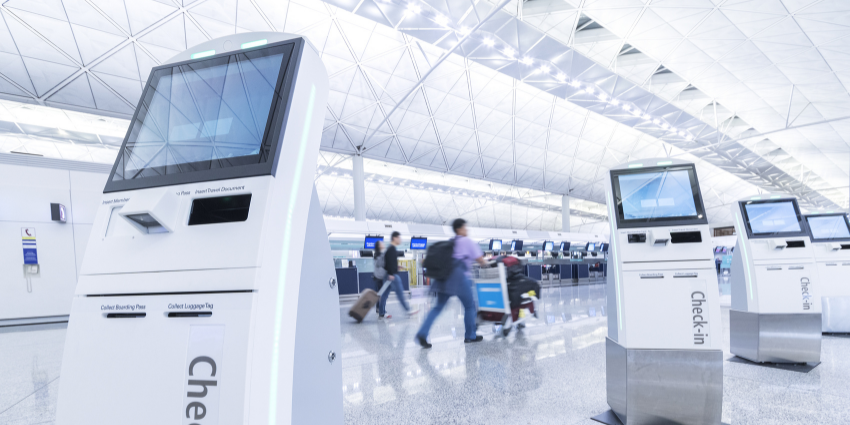Self-service is essential for driving customer-centricity in the travel and tourism sector, unlocking higher revenues for organisations, and boosting return business.
Customers expect memorable experiences when they travel, but only a handful of providers are able to meet this benchmark. For example, Forrester found that not even a single airline was able to achieve a good or excellent rating in the US Customer Experience index. To bridge this gap between potential and capability, travel providers need to adopt self-service as an essential component of their CX strategy and empower the customer.
Use cases for Self-Service Implementation in Travel
Self-service in travel dates back to the early days of digitisation when tourists were first able to self-book their itinerary and craft their own, custom plans without the intervention of a travel agent. In 2020, this form of self-service bookings was largely the norm for over 80% of travellers. But the potential of self-service goes well beyond simply moving physical bookings/reservation practices online.
- Dynamic booking and packaging– Dynamic packaging technology allow customers to create their own, unique travel bundles, comprising flights, hotels, airport transfers, meals, etc., on an online travel aggregator (OTA) website. Dynamic packages are often more customised and affordable than standardised products
- Self-service post-booking support– Customers can also address their post-booking requests and queries using self-service. Tier has to be an FAQ portal, providing essential information on refunds, cancellations, pricing T&C, etc. it should also have a search function, along with a chatbot that switches to a live agent in case the query is too complex
- Self-service check-in at airports/railway stations –This is increasingly becoming the default for air travel and has potential for the railway industry as well. Self-check-in portals and kiosks dramatically reduce queues at airports, which not only improves CX but also reduces health risks in the wake of COVID-19. Self-check-in facilities can be augmented with self-service baggage handling and security screening to further streamline the passenger experience
- Self-service at customs and immigration– This type of self-service could simplify international travel, particularly between countries that are neighbours and allies. For example, a Canadian citizen visiting the US might pass through a self-service customs and immigration gateway, powered by digital passports and biometrics
- Self-service in a hotel– There are myriad self-service applications for travellers within a hotel environment, right from a self-service concierge or helpdesk to in-room service via mobile apps. It is possible to reduce efforts by replacing specific interactions with self-service kiosks
Benefits of Self-Service in the Travel Industry
The end-to-end travel value chain, right from the research and bookings stage to transportation and tourism experiences, holds incredible potential for self-service. That’s because it is a labour-intensive industry, requiring manual effort at nearly every step of the way. While some human intervention is unavoidable (and even recommended), more iterative and frequently-faced tasks like accommodating changes in travel plans are best completed via self-service. This could dramatically reduce costs for the travel sector, by standardising CX, reducing health risks, and generating new revenue streams.







